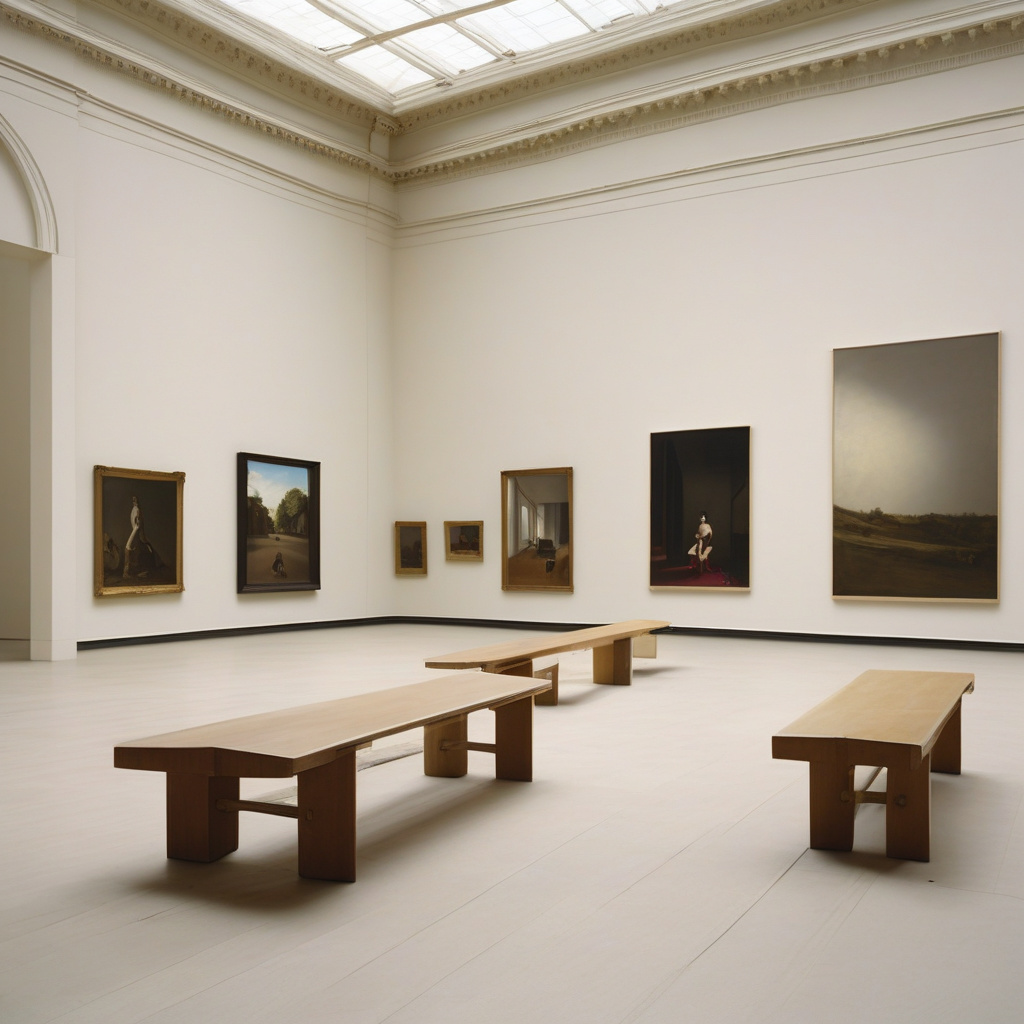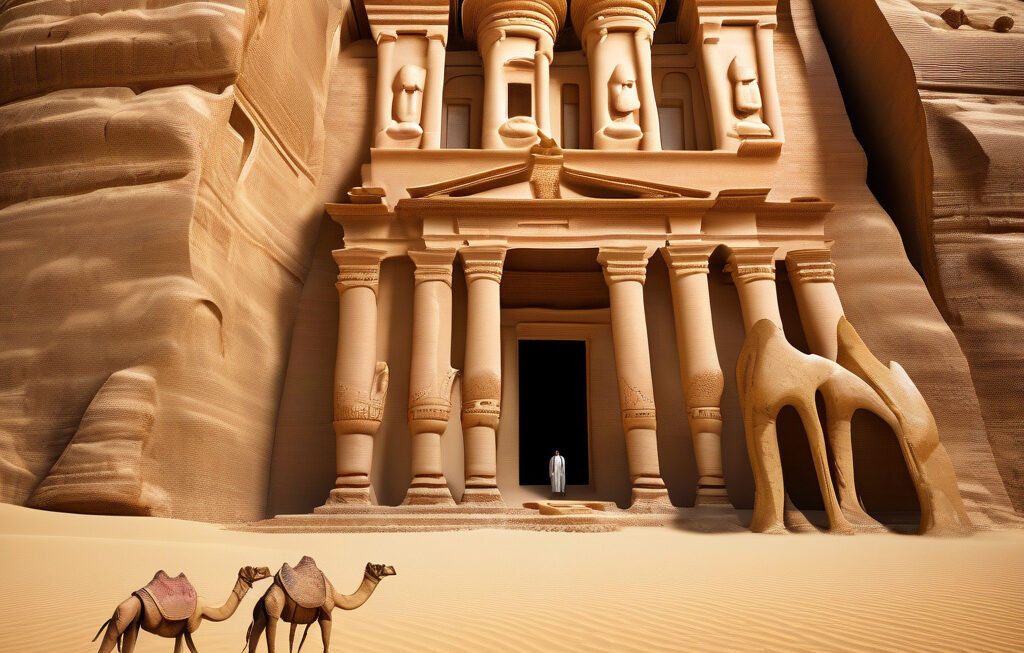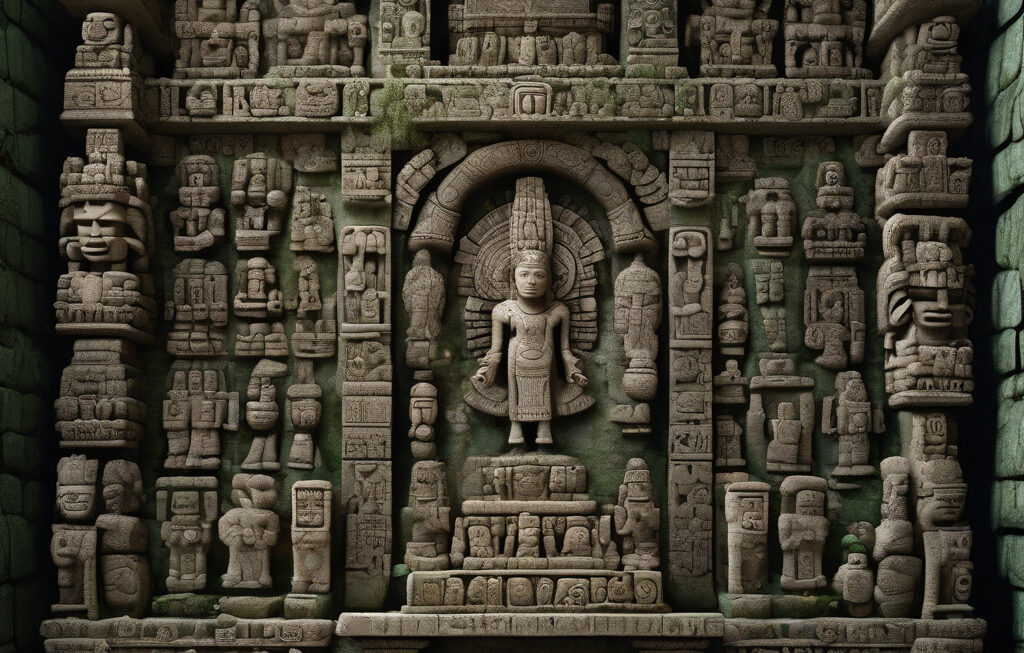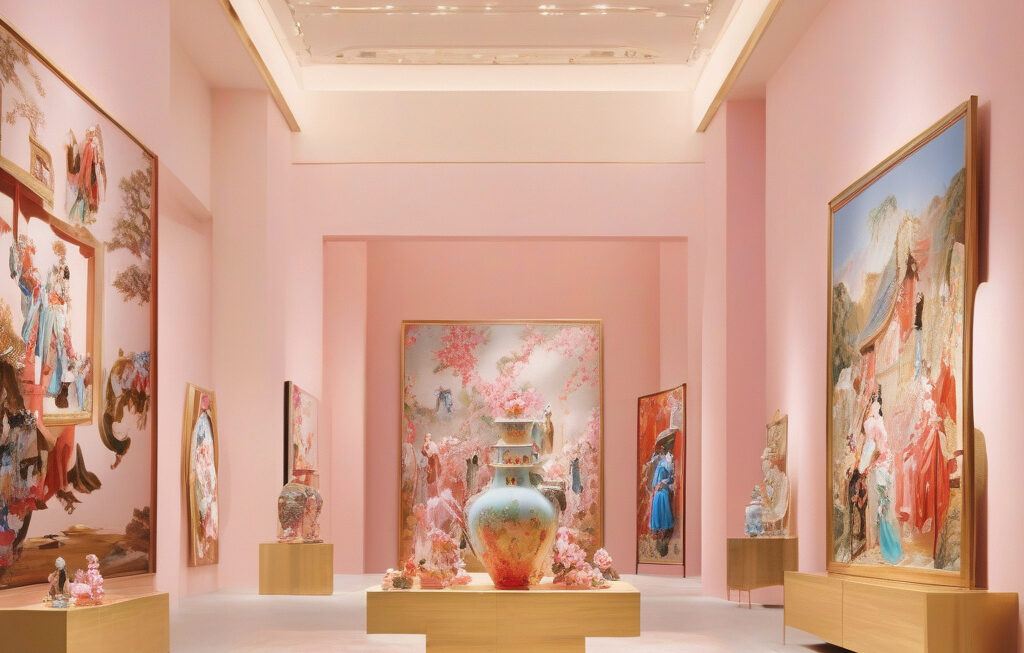Shrinking Audiences, a Cash Crisis and Rivals on the Rise: What’s Gone Wrong at Tate?
Tate, known worldwide for its impressive collection of British art, modern and contemporary masterpieces, is facing a turbulent period in its prestigious history. The museum group, comprising Tate Britain, Tate Modern, Tate Liverpool, and Tate St Ives, has been a cornerstone of the UK art scene for decades. However, recent challenges have put a spotlight on the institution’s struggle to adapt to a rapidly changing cultural landscape.
One of the most pressing issues that Tate is currently grappling with is a significant decline in its audience numbers. While the museum group has traditionally attracted art enthusiasts from around the globe, recent years have seen a noticeable drop in visitor numbers. This decline can be attributed to various factors, including changing visitor preferences, competition from online art platforms, and a general shift in consumer behavior towards more interactive and immersive experiences.
In addition to facing a shrinking audience, Tate is also dealing with a cash crisis that has further exacerbated its challenges. The museum group relies heavily on ticket sales, donations, and government funding to cover its operating costs and finance its ambitious exhibitions. However, the combination of declining visitor numbers and economic uncertainty has put a strain on Tate’s financial resources, forcing the institution to make difficult decisions regarding its programming and staffing.
Compounding these issues is the rise of rivals in the art world, most notably the National Gallery. While Tate has long been considered the premier destination for modern and contemporary art in the UK, the National Gallery has been steadily gaining ground by not only maintaining its traditional focus on classic art but also expanding into the realm of modern art. This strategic move has allowed the National Gallery to attract a wider and more diverse audience, positioning itself as a formidable competitor to Tate’s cultural dominance.
So, what exactly has gone wrong at Tate? The museum group’s struggles can be attributed to a combination of internal and external factors. Internally, Tate has faced criticism for its perceived lack of innovation and failure to connect with younger audiences. Externally, increasing competition from both traditional institutions and online platforms has placed pressure on Tate to reinvent itself and find new ways to engage with audiences in a digital age.
To address these challenges and secure its position as a leading cultural institution, Tate must take decisive action to revitalize its brand and appeal to a broader audience. This could involve investing in digital initiatives to enhance the visitor experience, collaborating with emerging artists to stay relevant, and reevaluating its exhibition programming to reflect the diverse interests of contemporary audiences.
In conclusion, Tate’s current struggles with shrinking audiences, financial difficulties, and rising competition underscore the need for the museum group to adapt and evolve in order to thrive in an increasingly competitive cultural landscape. By recognizing its shortcomings, embracing change, and redefining its identity, Tate can overcome its current challenges and reclaim its status as a beacon of artistic excellence in the UK and beyond.
Tate, National Gallery, art, modern art, competition












